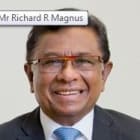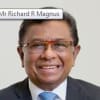commentary Commentary
Commentary: Catalysing help to overcome inequality in all its forms
As a society, we can come together to bridge the shortfall and narrow the gaps by giving people a hand-up and not a hand-out, says Temasek Foundation Cares’ Richard Magnus.

(Photo: Unsplash/Milada Vigerova)
SINGAPORE: People often think of inequality along economic lines.
The poor are disadvantaged because of their lower income, hindering them from accessing the same opportunities as others.
If inequality was the sole result of income disparities, the solutions to mitigate inequality should naturally focus on the financial – Government handouts in the forms of subsidies, grants and scholarships, and the like.
INEQUALITY MANIFESTS IN VARIOUS WAYS
But when you see someone like Teresa Tan, who has been wheelchair-bound for 15 years, walking towards you with the support of a bionic exoskeleton, beaming and excited, you remember that there are many more reasons why a person might feel unequal in society.
I met her for the first time in May at the launch of the Temasek Foundation - Improving Mobility via Exoskeletons (iMOVE) programme, which studies how robotic exoskeleton technology can improve mobility and rehabilitation care outcomes. Teresa was among 36 patients participating in the study.
Going by initial results, Teresa, who lost her ability to walk after a spinal cord injury, could potentially improve in at least one category of functional mobility by the end of the study. Teresa is now able to stand using elbow crutches after using the exoskeleton for rehabilitation.
She can move around more autonomously and more independently.
Her hopefulness and jubilation at being able to walk across the stage as she demonstrated the use of this new technology is a reminder that the needs of Singaporeans cut across economic lines.
People experience inequality in other ways. For instance, in their ability to access healthcare and education for non-financial reasons. Some are unable to attain the same opportunities as others due to health issues.
I have met many seniors who bear the pain and burden of chronic diseases, made worse by late detection. Through my conversations with them, I realised that this was often due to a lack of awareness of health screenings available, many of which are subsidised, and not just due to the lack of finances to see a doctor.

READ: Commentary: It is high time for a Ministry on Ageing Issues
ORGANISATIONS, COMMUNITY GROUPS AND SOCIETY MUST STEP UP
As Second Minister for Education Indranee Rajah shared at an NUS Social Service Research Centre Conference in July: “The crux of the matter is that while we have worked very hard to provide equal opportunities, those from the lower income and disadvantaged backgrounds might find it harder to access these opportunities.”
To think we can resolve inequality would be too utopian a view. What we need to do is improve access to these opportunities among the disadvantaged. The focus should be on reducing the level and type of inequality.
The public sector supports people with less by levelling their ability to access opportunities through assistance schemes and targeted programmes. But not all who need help are aware of these initiatives.
The Government too cannot do it alone. It needs social organisations, educational and healthcare institutions, and other professional and community groups to step up.
READ: Commentary: Some only donate if deeds are publicly recognised
READ: Commentary: Are the Davos elite still relevant?
Organisations have huge networks, and their trove of knowledge and expertise in specific fields can help improve existing programmes and create new ones.
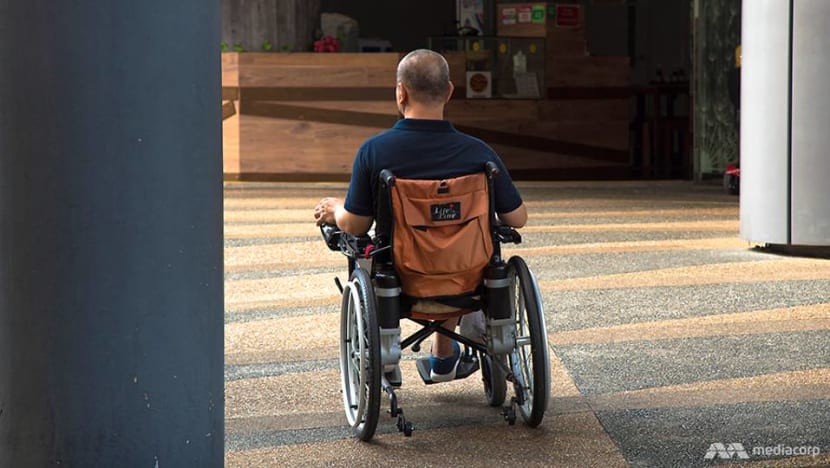
Foundations can act as the catalyst – to pull people together, provide resources and make things happen.
CONNECTING THE DOTS
Sometimes, it can be as simple as getting different organisations to talk.
I have seen how ideas can germinate from roundtables and meetings where various organisations within a sector are brought together.
Once, my team and I arranged a roundtable with organisations that work with autistic children. They had an open discussion, where new perspectives were shared and issues looked at with different lenses.
At the end of it, we had four new initiatives – helping these children transition from one stage of education to another, including one to help children with mild special needs in pre-school and another that equips parents of children with autism with skills and knowledge of those special needs. Such sessions open opportunities for us all to do more to help the sector.
READ: Commentary: The trouble with helping disadvantaged kids is you don’t know where to start
READ: Commentary: A wake-up call, when a disadvantaged child gets 8 out of 100 for an exam
However, these new models of care, which aim to tackle complex and emergent needs, have also meant that these organisations need more resources to operationalise these initiatives.
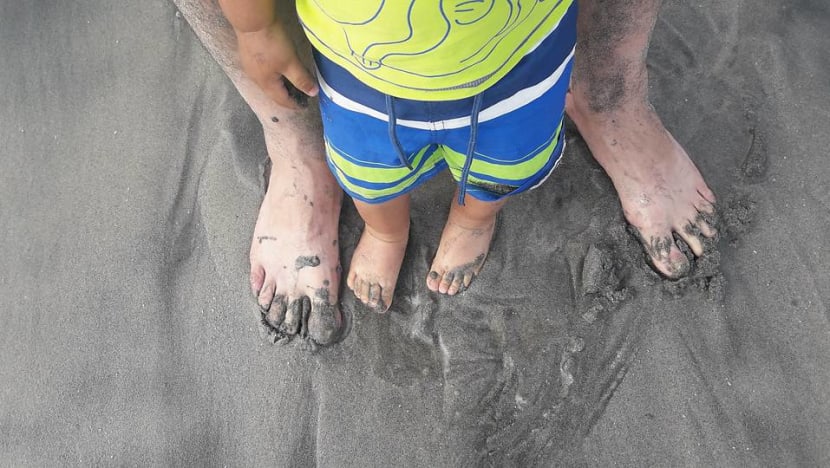
PILOTS TO TEST-BED
That’s where other non-profit groups such as foundations, volunteer groups and even corporates can offer their support.
Foundations have the autonomy and resources to pilot programmes in partnership with the community, that offer proof-of-concepts for new models of care, and to ensure that they can then be scaled up.
There have been successful case studies of such a model.
The Kids Integrated Development Service 0-3 programme, piloted in 2014 with KK Women’s and Children’s Hospital and Ang Mo Kio Family Services Centre Community Services, helps mothers from vulnerable families, providing them with a community health and social care support system from pregnancy until their child is three. It has since reached out to 150 mothers.
The initiative was eventually adopted by the Early Childhood Development Agency and renamed KidSTART in 2016. It has since been rolled out to Kreta Ayer, Bukit Merah, Taman Jurong, Boon Lay and Geylang Serai to benefit about 1,000 children.
Prime Minister Lee had also announced in his National Day Rally speech that the government will be expanding this programme to a further 5,000 children over the next three years.
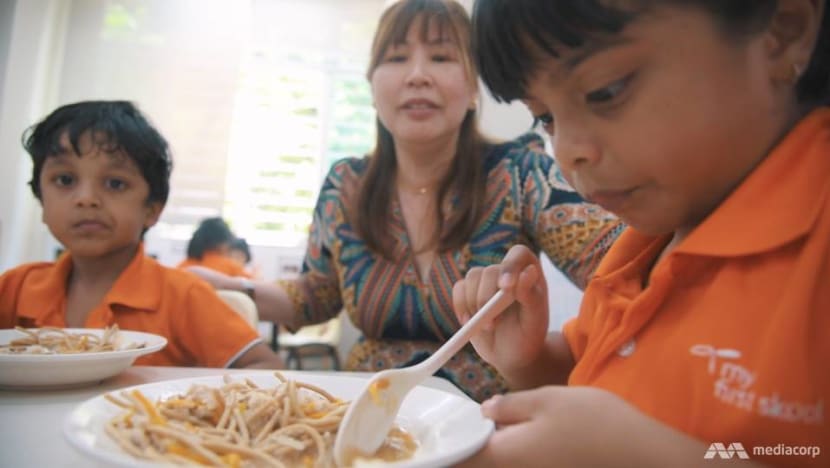
THE SOFTWARE IN TACKLING INEQUALITY
There is a strong history of giving in Singapore. Community leaders like Tan Tock Seng (who built a hospital), Naraina Pillai (who built the Sri Mariamman Temple), Syed Omar bin Ali Aljunied (who built the Masjid Omar Kampong Melaka) Tan Kah Kee (who donated to education), P Govindasamy Pillai (a philanthropist and founder of Ramakrishna Mission Singapore), Hajjah Fatimah (who bought land for the poor to build houses) are just some examples of people who have stepped up to create programmes to help the vulnerable.
Philanthropy is part of our DNA as demonstrated by our pioneers, and we should continue this tradition of giving back to the community.
Sometimes you just need someone to connect the dots and pull together resources.
The Government can come up with the structures and hardware. But we need to know where the people in need are and bring them together. That’s the software.
This way, we can narrow inequality across economic lines.
Richard Magnus, the former senior district judge, is the chairman of Temasek Foundation Cares, a non-profit philanthropic organisation that funds and supports innovative community-based programmes in Singapore. Temasek Foundation also piloted the Kids Integrated Development Series 0-3 programme mentioned within.








